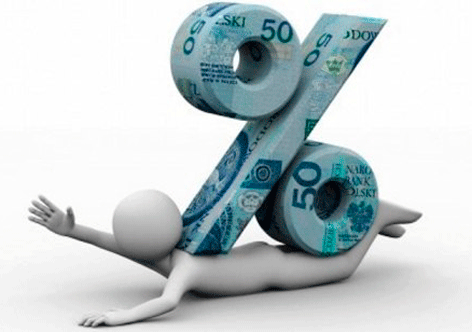If we invest in a company, we want to know whether the company is growing. As the investor, we expected that the company continue growing so, we can get the share (even more share) on the fund that we invested in. We need to find the indicators that can give us idea and Return on Equity (ROE) is one of them. Before we go into the calculation, let us see what is ROE.
The return on equity ratio or ROE is a profitability ratio that measures the ability of a firm to generate profits from its shareholder’s investments in the company. In other words, the return on equity ratio shows how much profit each dollar of common stockholders’ equity generates. The formula for ROE is:
ROE = Net Income/Shareholders’ Equity.
ROE is sometimes called “return on net worth.”
To get to the basic ROE formula, the numerator is net income, which is the bottom-line profits reported on a firm’s income statement. Free cash flow (FCF) is another form of profitability and can be used in lieu of net income. The denominator for ROE is equity, or more specifically shareholders’ equity.
To exemplify, Company X generated $10 million in net income last in the year 2016. If Company X’s shareholders’ equity equal $20 million last year, then using the ROE formula, we can calculate Company X’s ROE as:
ROE = $10,000,000/$20,000,000 = 50%
This means that Company X generated $0.50 of profit for every $1 of shareholders’ equity last year, giving the stock a ROE of 50%.
ROE contains essential messages for various stakeholders, particularly investors, shareholders and managements. The reason is ROE reveals how much profit a company earned in comparison to the total amount of shareholder equity found on the balance sheet. Shareholder equity is equal to total assets minus total liabilities. Return on Equity is a vital measure for a company because it compares it against its peers.
In addition to that ROE is more than a measure of profit; it’s a measure of efficiency. A rising ROE suggests that a company is increasing its ability to generate profit without needing as much capital. It also indicates how well a company’s management is deploying the shareholders’ capital. In other words, the higher the ROE the better. Declining ROE is usually a problem.
However, it is main to note that if the value of the shareholders’ equity goes down, ROE goes up. Thus, write-downs and share buybacks can artificially boost ROE. Likewise, a high level of debt can falsely boost ROE; after all, the more debt a company has, the fewer shareholders’ equity it has (as a percentage of total assets), and the higher its ROE is.
Some industries tend to have higher returns on equity than others. As a result, comparisons of returns on equity are generally most meaningful among companies within the same industry, and the definition of a “high” or “low” ratio should be made within this context.
More from my site






